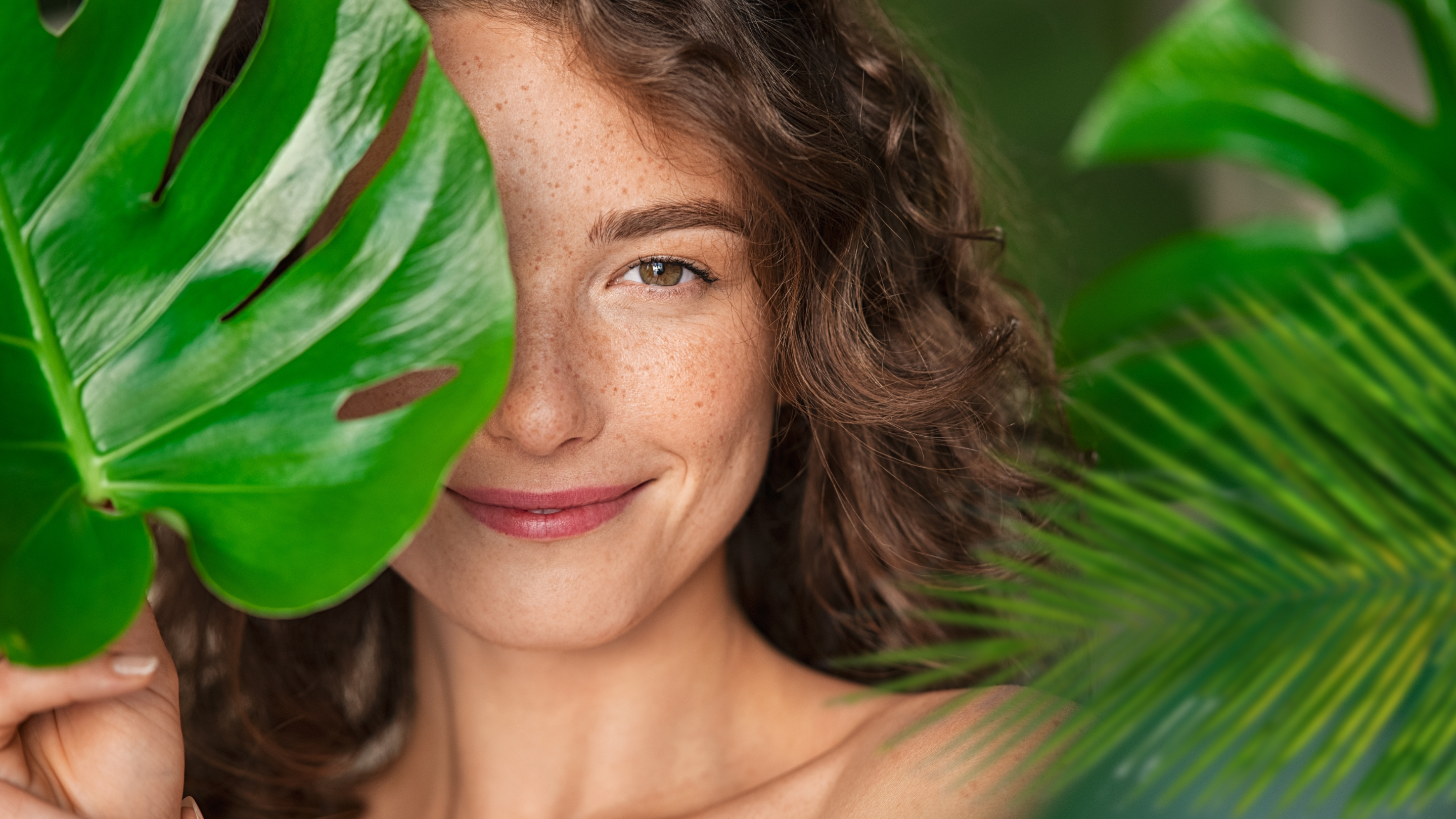In simple terms, “clean beauty” involves products that are free from the harmful ingredients usually found in cosmetics. Clean beauty products use safer alternatives like plant-based and plant-derived ingredients. The concept is similar to rejecting overly processed foods and opting for more natural food products that retain their natural vitamin and antioxidant content. This allows the consumer to nourish their body to the fullest.
How Has the Clean Beauty Trend Affected the Cosmetics Industry?
As the search for clean beauty products continues, cosmetic brands have also changed the way they do things. Many cosmetic companies are now using sustainable ingredients in their product formulations and packaging, and they have also made it a point to source raw materials from an environmentally-conscious ingredient manufacturer. This change has also made the industry more competitive, with new clean beauty brands entering the market.
What are the Harmful Ingredients to Avoid?
As mentioned above, clean beauty products are meant to be free of harmful ingredients, including the following:
- Sulfates are chemicals present in many cleansing agents like shampoos, body washes, and soaps. Their primary purpose is to remove dirt, sebum, and product residue. But in the process, they can also remove too much oil from the skin and wash off its natural protective barrier, causing redness and dry, itchy skin.
- Parabens. Parabens are used as a preservative in many topical products including shampoos, serums, and moisturizers. But parabens have also been discovered to be endocrine-disrupting chemicals and are linked to cancer and reproductive problems. This is why an increasing number of clean beauty products are purposefully labeled “paraben-free.”
- Synthetic fragrances. Synthetic fragrances are added to cosmetics like perfumes and colognes to mask the natural scent of the ingredients. They are also linked to health conditions like allergies and asthma. For that reason, many clean beauty manufacturers have opted for more natural scent alternatives.
What Else Does Clean Beauty Advocate For?

Apart from promising consumers safer and non-toxic ingredients in their products, clean beauty manufacturers have also raised people’s awareness of sustainable practices in the cosmetics industry. These include paying attention to the environmental effects of manufacturing each beauty product and shifting towards more sustainable production methods.
One example is the use of emollients derived from sugar beets and coconut oil. They’re produced with 60% less energy and carbon dioxide emissions compared to common silicones. At the same time, the naturally-sourced emollient provides a non-oily feel and light texture.
Why does Clean Beauty Trend Best for Your Brand?
Now that the clean beauty movement has caught hold in the Philippines, your brand may want to be at the front of such a rewarding and environmentally-friendly approach to beauty and personal care. It is, after all, what can make your brand more relevant to the beauty customers of today.
If you want to pursue clean beauty, partner with Natura Aeropack. Let’s work together on researching, formulating, and testing high-quality clean beauty products that are made out of 100% Filipino-grown coconuts.
